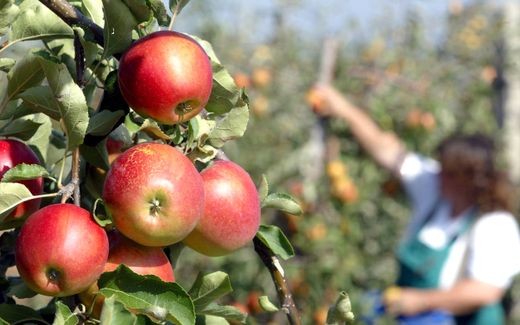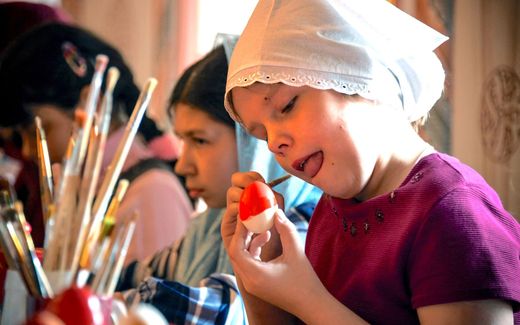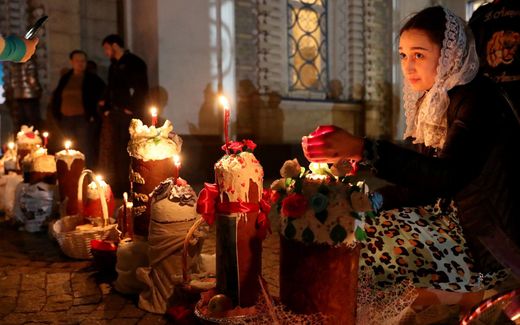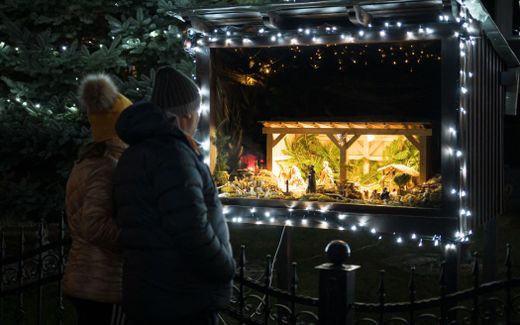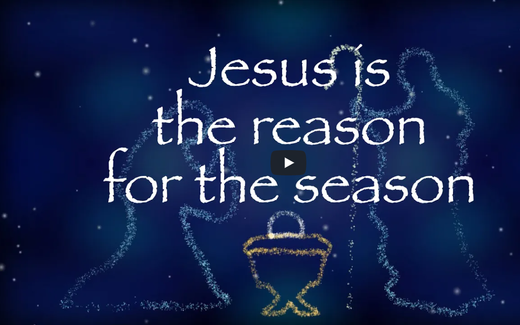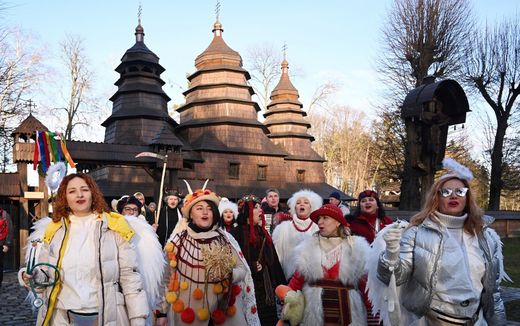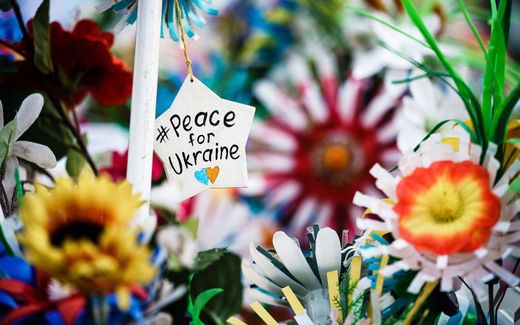How Europe prepares for the arrival of Advent
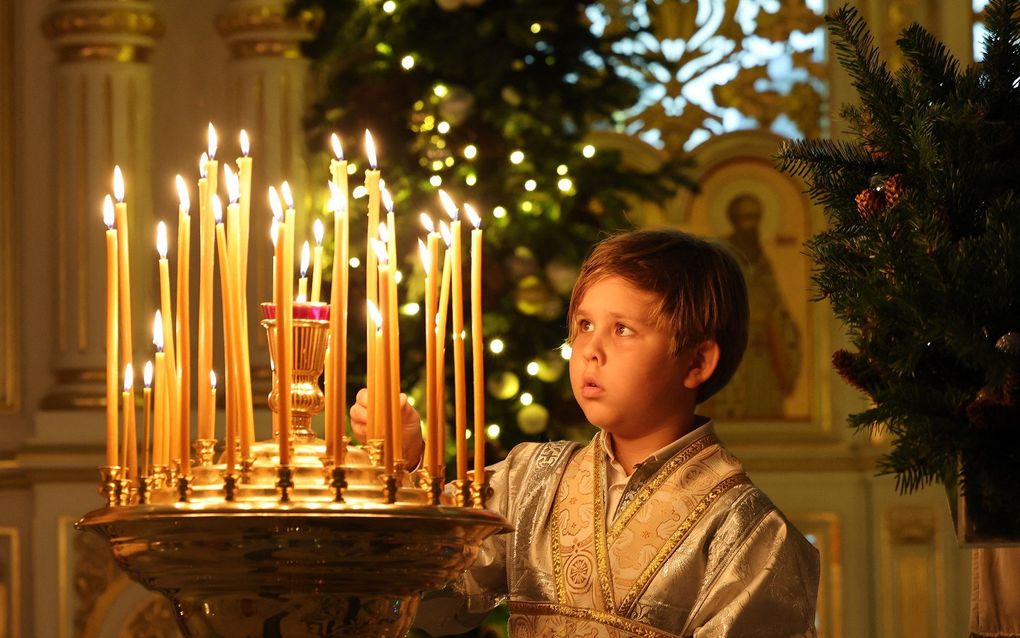
A boy lights a candle during Orthodox Christmas Eve celebrations at the Russian Orthodox Church. The Russian Orthodox Church celebrates Christmas in January. Photo AFP, Giuseppe Cacace
European Union
With Advent coming soon, many European communities have begun to celebrate the season before Christmas.
The season of Advent consists of four Sundays that precede Christmas Day, which is December 25th. Each country has their own unique traditions in preparing for what is to come- the birth of Christ.
Hungary
The season of Advent in Hungary often begins with putting up a Christmas tree. In Budapest’s Kossuth Square, a five-ton pine tree that is around 24 metres high was assembled in front of the nation’s parliament building last week, as reported in Vasarnap. The tree once belonged to a family in Hajdúszoboszló, a town in eastern Hungary.
Germany
The Advent festivities begin with an Adventskranz- a wreath made from fir twigs. These wreaths are often decorated with stars, ribbons, and fir cones, as reported in Germany Insider Facts Four candles are placed on the wreath, which represent the weeks leading up to Christ’s birth. In the first week, only one candle is lit and so on. Many households bake cookies and children take this time to make Christmas decorations. Some children write a letter to Christkind (a German character) or the Weihnachtsmann (Santa Claus) to express their gift wishes. Advent is also celebrated with an Adventskalender, an Advent calendar. Traditionally, the calendar was “painted cardboard with 24 windows or doors.” Each window contained a “Christmas-themed picture.” Now, this has been replaced with chocolate or a small toy. The Weihnachtsmarkt or Christmas markets are also well-known throughout the country at this time of year.
Switzerland
The tradition of Advent is alive and well in Switzerland, according to Alpenwild. If you visit a floral shop or grocery store, you may see Advent wreaths with four candles. Each candle represents a particular week in the Advent season.
Starting in early November, you may also come across an advent calendar which marks the 24 days before Christmas. Each day contains a different picture, along with a door leading to a little chocolate candy. The largest Advent calendar is in Lucerne, the French-speaking region of the country. Switzerland’s Christmas markets often start in late November and provide opportunities to enjoy local food and celebrations. Switzerland also celebrates St. Nicholas Day on December 6th, where children put shoes in front of the fireplace or door to await their gifts from St. Nicholas. On the evening before St. Nicholas Day, the village of Küssnacht near Lake Lucerne starts the tradition with a procession that often contains bell ringers, horn blowers, and whip crackers.
Netherlands
Like Switzerland, the Dutch celebrate the arrival of Sinterklaas, which is celebrated on December 5th. Sinterklaas is not to be confused with Santa Claus or Kerstman, as he treated as a different person, as reported by Love to Know. According to the tradition, Sinterklaas visits the homes of Dutch children, where he often leaves treats and small gifts. Those living in the eastern areas of the country also celebrate midwinter hoornblazen. These horns are often handmade from birch or elder and are used to announce Advent or Christ’s upcoming birth. The tones from these horns produce a low pitch when blown over a well. They can be heard for several miles, and it is not unusual for people to call one another with their horns.
Poland
Since Poland is predominately Catholic, the season of Advent begins with a morning mass called roraty. The mass often involves lighting candles to usher in the coming light and represent salvation, according to Travel Noire.
Croatia
Advent often begins around November 25th in this country. Much of the festivities are in the capital of Zagreb, as reported in Travel Noire The city is transformed into a large Christmas market, where vendors sell mulled wine and roast chestnuts for visitors. On Christmas Eve, you can join the natives in eating dried cod, also known as “bakalar.”
Italy
December 8th is when many Italian towns decorate for Christmas and celebrate Mary’s conception, known as the Immaculate Conception, according to The Local. It is known for the day when God “absolved” Mary from sin while she was still in her mother’s womb. The celebrations start with the firing of a canon from Rome’s Castel Sant’ Angelo. The festivities continue until January 6th or the day of Epiphany. There is also Novena, a nine-day period leading up to Christmas. It commemorates the shepherds’ journey in seeing baby Jesus. Children in the nation’s rural communities often dress up as shepherds and show up at local homes singing Christmas songs or reciting poems. Sweets or money are often given as rewards.
Related Articles


